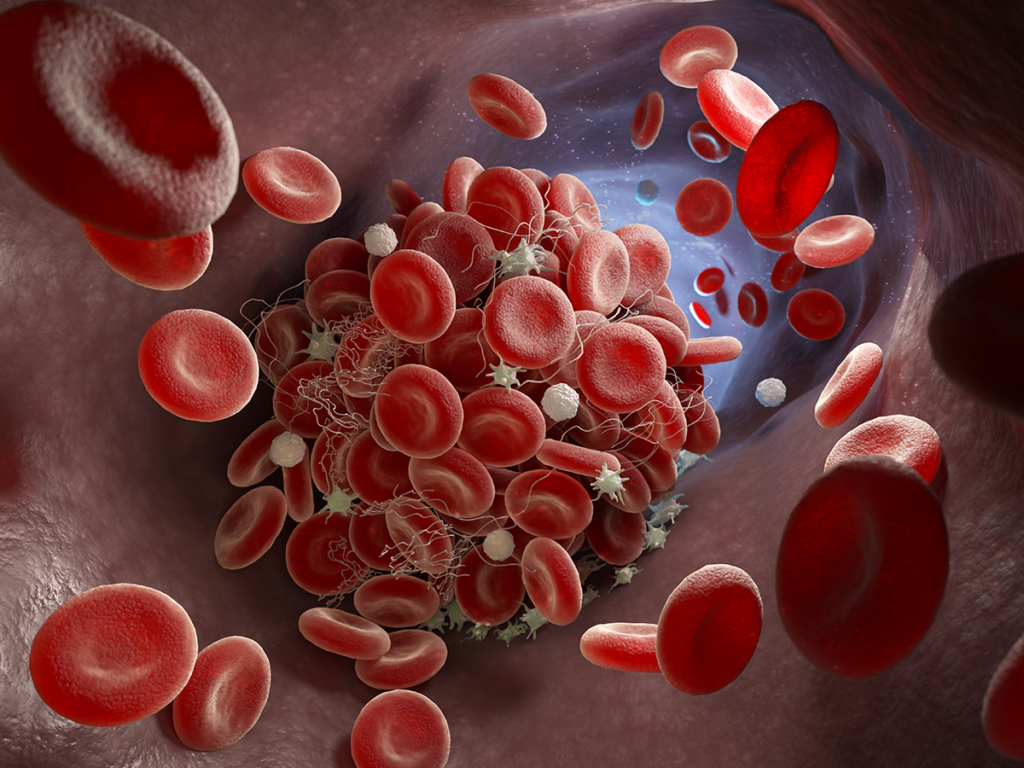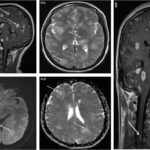Acquired thrombocytopenia is a hematological condition characterized by an abnormally low platelet count, which can lead to bleeding complications and other health issues. This article provides an in-depth exploration of its causes, clinical manifestations, diagnostic approaches, and treatment options, offering a comprehensive resource for healthcare professionals and individuals seeking to understand and manage this condition effectively.

Understanding Acquired Thrombocytopenia
Acquired thrombocytopenia occurs when platelet levels drop below the normal range due to external factors rather than genetic predisposition. Platelets, or thrombocytes, play a crucial role in blood clotting, and their deficiency can result in prolonged bleeding and bruising.
Key Causes of Acquired Thrombocytopenia
- Autoimmune Disorders
Conditions such as immune thrombocytopenic purpura (ITP) lead the immune system to mistakenly attack and destroy platelets. - Medications
Certain drugs, including heparin, quinine, and chemotherapy agents, may induce thrombocytopenia as a side effect. - Infections
Viral and bacterial infections, such as HIV, hepatitis, and sepsis, can suppress bone marrow activity or increase platelet destruction. - Nutritional Deficiencies
Deficiency of vitamin B12 or folate can impair platelet production in the bone marrow. - Underlying Diseases
Diseases like leukemia, lymphoma, or aplastic anemia may interfere with bone marrow’s ability to produce adequate platelets.
Clinical Manifestations of Acquired Thrombocytopenia
The symptoms of acquired thrombocytopenia vary based on severity but commonly include:
- Easy or unexplained bruising
- Prolonged bleeding from minor cuts
- Petechiae (small red or purple spots on the skin)
- Frequent nosebleeds
- Heavy menstrual bleeding in women
- Fatigue or weakness in severe cases
Prompt recognition of these symptoms is essential to initiate early treatment and prevent complications.
Diagnostic Approaches
Accurate diagnosis of acquired thrombocytopenia involves a combination of clinical evaluation, laboratory testing, and imaging.
1. Complete Blood Count (CBC)
A CBC is a fundamental test to measure platelet levels and assess overall blood health.
2. Peripheral Blood Smear
Examining a blood smear under a microscope can identify abnormalities in platelet size and shape.
3. Bone Marrow Aspiration
In cases where bone marrow disorders are suspected, a bone marrow biopsy helps evaluate its function.
4. Serologic Testing
Tests for autoimmune markers, viral infections, and other diseases help pinpoint underlying causes.
5. Imaging Studies
Ultrasound or CT scans may be used to identify splenic enlargement or other contributing factors.
Treatment Options for Acquired Thrombocytopenia
The treatment of acquired thrombocytopenia depends on its underlying cause, severity, and clinical presentation.
1. Medications
- Corticosteroids: Commonly prescribed for immune-related thrombocytopenia to reduce immune system activity.
- Immunoglobulins (IVIG): Administered intravenously to block platelet destruction.
- Thrombopoietin Receptor Agonists: Stimulate platelet production in the bone marrow.
2. Platelet Transfusion
Severe cases with a high risk of bleeding may require platelet transfusions to stabilize the condition temporarily.
3. Surgical Interventions
In cases of refractory thrombocytopenia, splenectomy (surgical removal of the spleen) may be considered to reduce platelet destruction.
4. Addressing Underlying Causes
- Treating infections with appropriate antibiotics or antivirals.
- Correcting nutritional deficiencies through supplements or dietary adjustments.
5. Lifestyle Modifications
- Avoiding medications that increase bleeding risk.
- Adopting a balanced diet to support overall hematologic health.
Prognosis and Long-Term Management
The prognosis for acquired thrombocytopenia varies based on the underlying cause and response to treatment. Patients with mild cases often recover with minimal intervention, while chronic or severe cases may require ongoing management. Regular follow-ups with a hematologist ensure timely adjustments to treatment plans and monitoring of platelet levels.
Acquired thrombocytopenia is a multifaceted condition requiring a tailored approach to diagnosis and management. By addressing the root causes, utilizing effective treatment strategies, and maintaining vigilant monitoring, healthcare providers can optimize outcomes for patients. Public awareness and timely intervention are critical to minimizing complications and improving quality of life for those affected by this condition.

